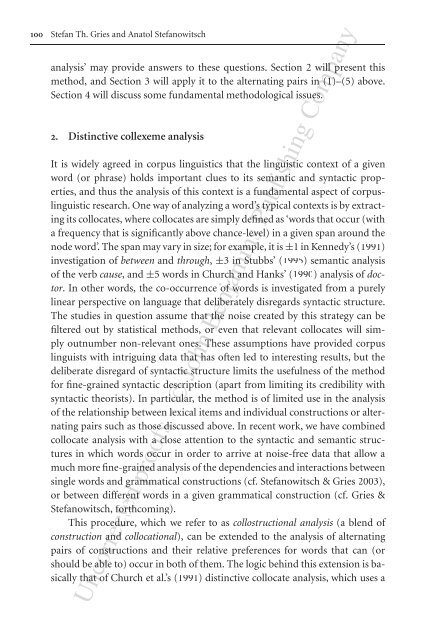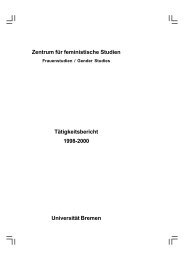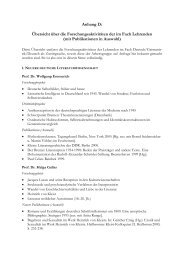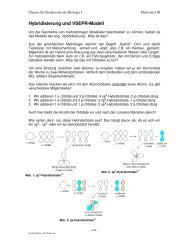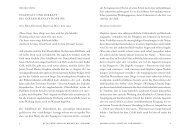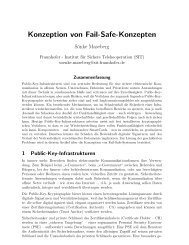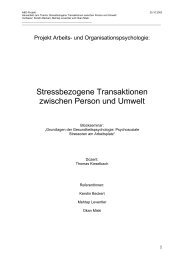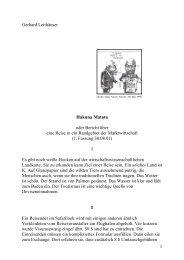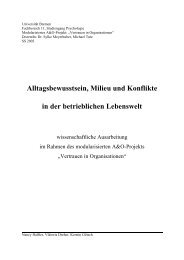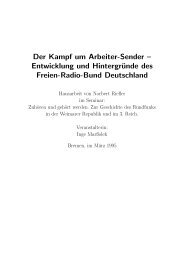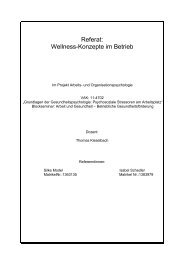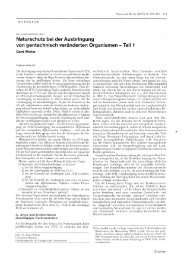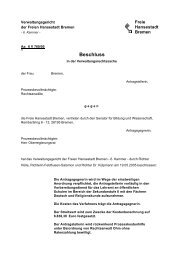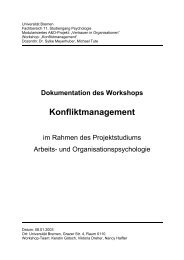Extending collostructional analysis - www-user
Extending collostructional analysis - www-user
Extending collostructional analysis - www-user
Create successful ePaper yourself
Turn your PDF publications into a flip-book with our unique Google optimized e-Paper software.
100 Stefan Th. Gries and Anatol Stefanowitsch<br />
<strong>analysis</strong>’ may provide answers to these questions. Section 2 will present this<br />
method, and Section 3 will apply it to the alternating pairs in (1)–(5) above.<br />
Section 4 will discuss some fundamental methodological issues.<br />
2. Distinctive collexeme <strong>analysis</strong><br />
It is widely agreed in corpus linguistics that the linguistic context of a given<br />
word (or phrase) holds important clues to its semantic and syntactic properties,<br />
and thus the <strong>analysis</strong> of this context is a fundamental aspect of corpuslinguistic<br />
research. One way of analyzing a word’s typical contexts is by extracting<br />
its collocates, where collocates are simply defined as ‘words that occur (with<br />
a frequency that is significantly above chance-level) in a given span around the<br />
node word’. The span may vary in size; for example, it is ±1 in Kennedy’s (1991)<br />
investigation of between and through, ±3 in Stubbs’ (1995) semantic <strong>analysis</strong><br />
of the verb cause, and±5 words in Church and Hanks’ (1990) <strong>analysis</strong> of doctor.<br />
In other words, the co-occurrence of words is investigated from a purely<br />
linear perspective on language that deliberately disregards syntactic structure.<br />
The studies in question assume that the noise created by this strategy can be<br />
filtered out by statistical methods, or even that relevant collocates will simply<br />
outnumber non-relevant ones. These assumptions have provided corpus<br />
linguists with intriguing data that has often led to interesting results, but the<br />
deliberate disregard of syntactic structure limits the usefulness of the method<br />
for fine-grained syntactic description (apart from limiting its credibility with<br />
syntactic theorists). In particular, the method is of limited use in the <strong>analysis</strong><br />
of the relationship between lexical items and individual constructions or alternating<br />
pairs such as those discussed above. In recent work, we have combined<br />
collocate <strong>analysis</strong> with a close attention to the syntactic and semantic structures<br />
in which words occur in order to arrive at noise-free data that allow a<br />
much more fine-grained <strong>analysis</strong> of the dependencies and interactions between<br />
single words and grammatical constructions (cf. Stefanowitsch & Gries 2003),<br />
or between different words in a given grammatical construction (cf. Gries &<br />
Stefanowitsch, forthcoming).<br />
This procedure, which we refer to as <strong>collostructional</strong> <strong>analysis</strong> (a blend of<br />
construction and collocational), can be extended to the <strong>analysis</strong> of alternating<br />
pairs of constructions and their relative preferences for words that can (or<br />
should be able to) occur in both of them. The logic behind this extension is basically<br />
that of Church et al.’s (1991) distinctive collocate <strong>analysis</strong>, which uses a<br />
Uncorrected proofs - © John Benjamins Publishing Company


